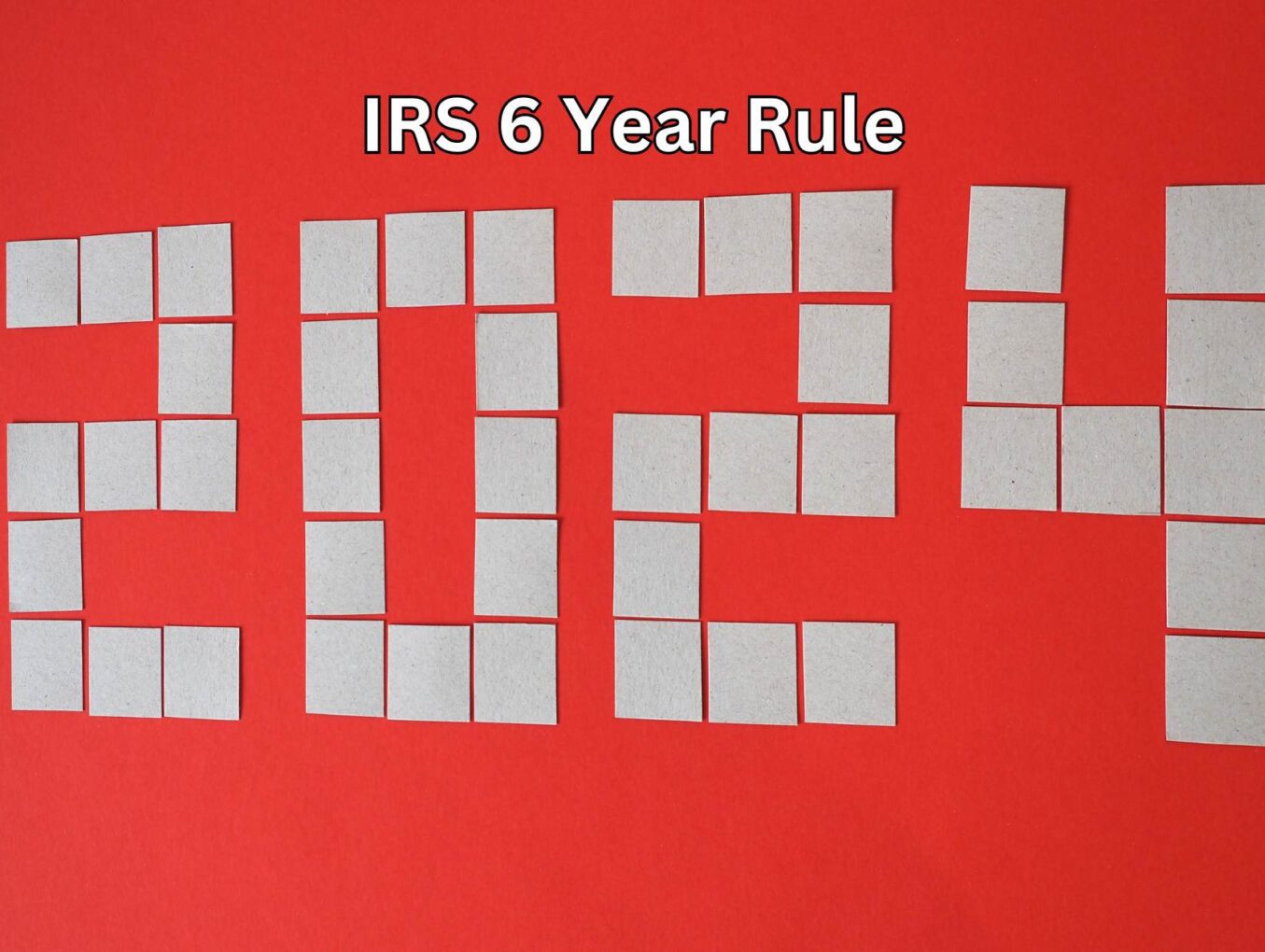The IRS follows a statute of limitations and timelines specific to when they assess taxes and collect tax debt and for terms of payment plan agreements.
For example, once a CSED (Collection Statute Expiration Date) passes for a tax return, the IRS cannot continue to collect back taxes.
In most cases the CSED is 10 years but can change for amended or substitute returns, audits, Collection Due Process hearings, and when an individual qualifies for tax debt relief (Installment Agreement, Offer in Compromise, Innocent Spouse).
Here we will review IRS rules with a 6-year window and how they can affect tax debt and relief options.
IRS 6-Year Rule for Unreported Income of 25% or More
When you file a tax return, the IRS has three years to determine if you owe additional taxes. If in that period the IRS finds that you reported less than 75% of your total income, the initial three-year window is extended to six years.
As an example, if you earn $90,000 in taxable income but only report $45,000, the IRS will have six years to assess your tax return for additional taxes.
If you report all your income and file your return on time but make a simple error for how much tax you owe, the IRS will only have three years to examine your return for more taxes.
Once the three- or six-year statute of limitations expires, the IRS cannot continue to evaluate your tax returns.
When you do not include 25% or more of your income on your return, not only will you be responsible for the additional taxes, but the IRS can add a failure to pay penalty, accuracy-related penalty, and/or underpayment of estimated tax penalty.
You will also owe interest on unpaid taxes and penalties until they’re paid in full. Additional taxes plus penalties and interest can multiply over the six years and increase your risk of a lien or levy if you do not pay the full amount or ask the IRS for tax debt relief.
IRS 6-Year Rule for Unfiled Tax Returns
In most situations, the IRS wants those who have not filed returns to submit any past due returns for the last six years. Keep in mind though that no statute of limitations prevents the IRS from examining your tax return history.
A three-, six-, or 10-year statute of limitations does not begin until you file a return. In other words, the IRS can come after you if you should have filed a tax return and you owe taxes from that return.
The IRS may contact taxpayers with unfiled tax returns who are due refunds to inform them of the refund available.
However, you must file the missing return within three years from the last day you were supposed to have filed. Once the three years pass, you will lose your refund.
It is also important to note that if you are applying for a tax debt relief program such as a payment plan/installment agreement or Offer in Compromise, the IRS requires that you file all past due tax returns.
IRS 6-Year Rule for Paying Off Tax Debt
When you submit an Offer in Compromise (OIC) to reduce your total taxes to less that the full amount you owe, the IRS may look at your income and expenses over the previous six years.
They may evaluate six years of returns as well as other financial info (usually a 433-A collection information statement) to determine whether you qualify for an OIC, and the exact offer settlement amount they will accept.
If you are requesting a streamlined installment agreement for tax debt relief and can pay your back taxes within six years, the IRS may not require the same amount of financial info as an OIC.
In this case, you must owe less than $50,000 (taxes plus penalties and interest combined) and be able to pay the greater of $25 or 2% of your tax debt each month.
In bankruptcy cases with back taxes, some, but not all, of a tax debt may be discharged if the debt is three or more years old. In some cases, the three-year rule could be extended to six years.
IRS 6-Year Rule for Amended Tax Returns
Filing an amended tax return means the IRS has an additional three years from the date you file to assess how much tax you owe.
For example, if you file a tax return in 2024 and amend that return in 2027, the IRS will have until 2030 to evaluate your amended return.
Keep in mind that if the IRS determines in 2030 you owe taxes back to 2024 that you did not pay, you are on the hook for the additional taxes, penalties, and interest from the date you should have paid.
Depending on how much you owe at that time and whether you can pay the full amount, you may need to request tax debt relief from the IRS to stop a lien, wage garnishment, bank account levy, or other collection action.
Need more help? You can start online by answering 6 simple questions.
6 Simple Questions. Free Evaluation.

